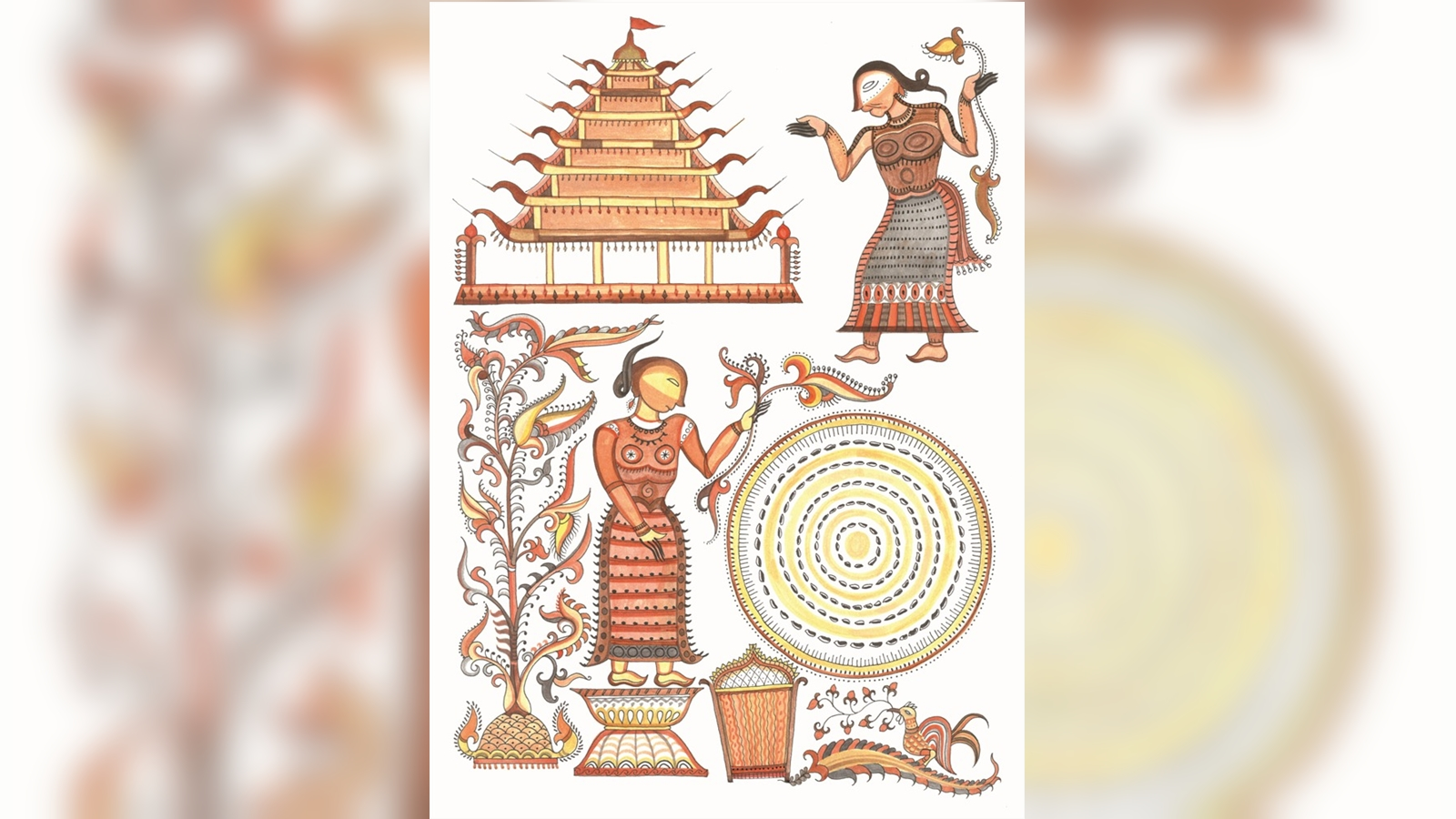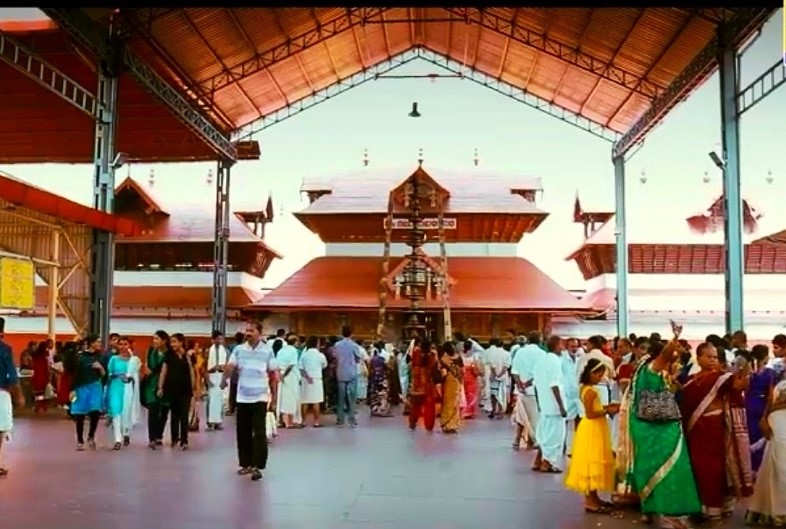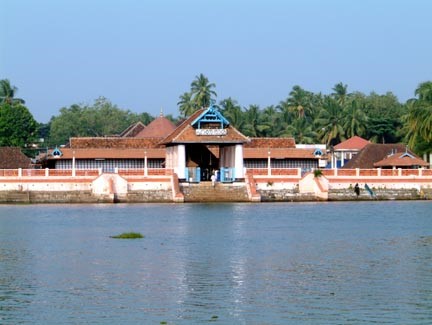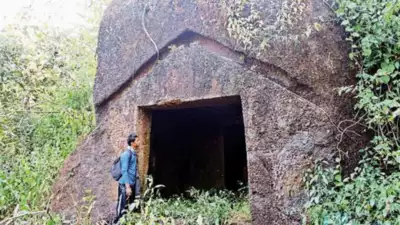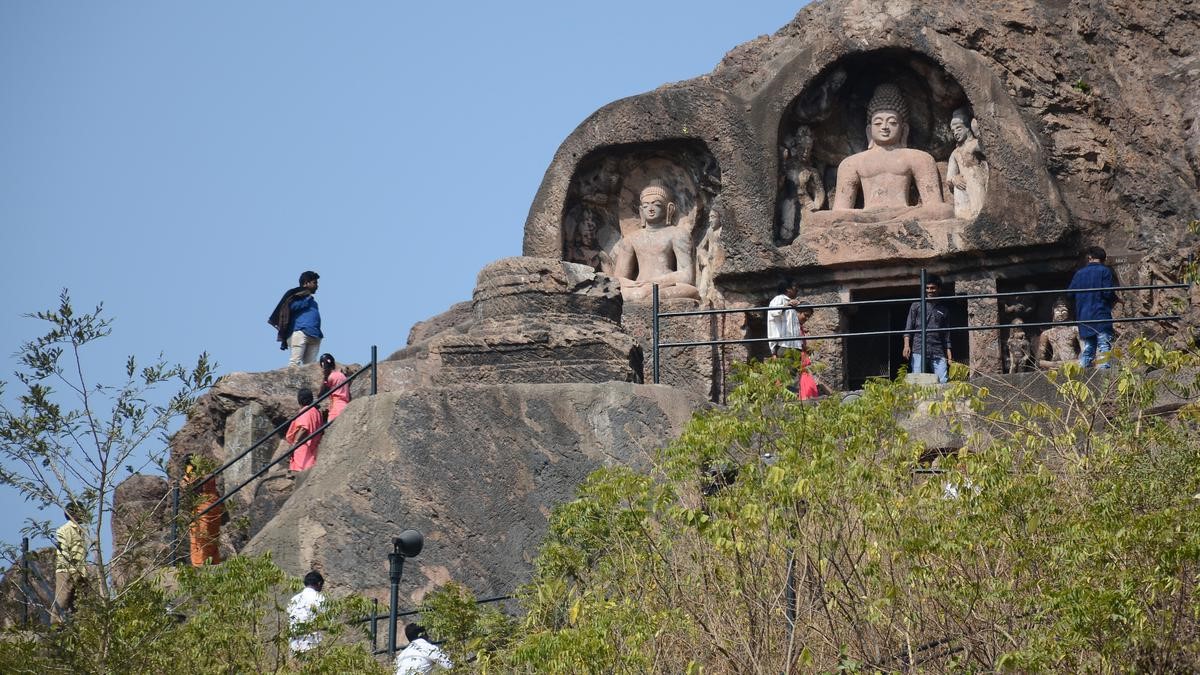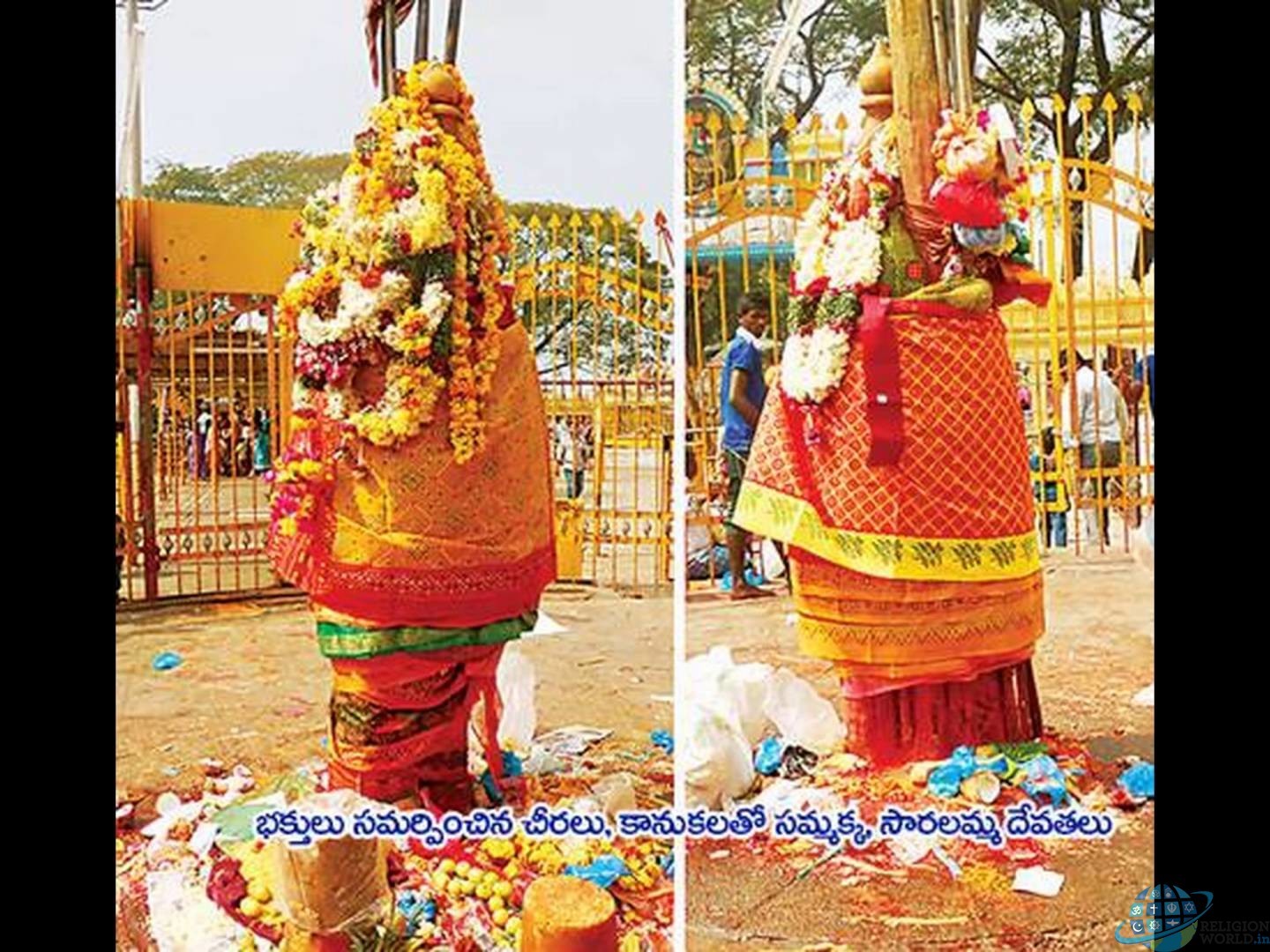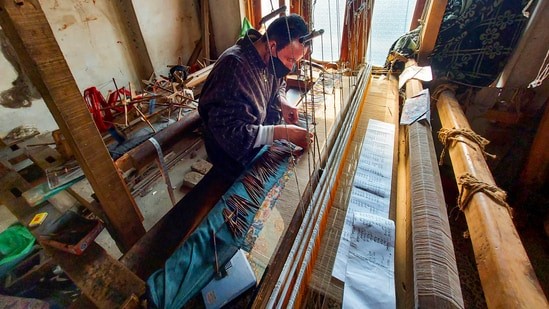Description
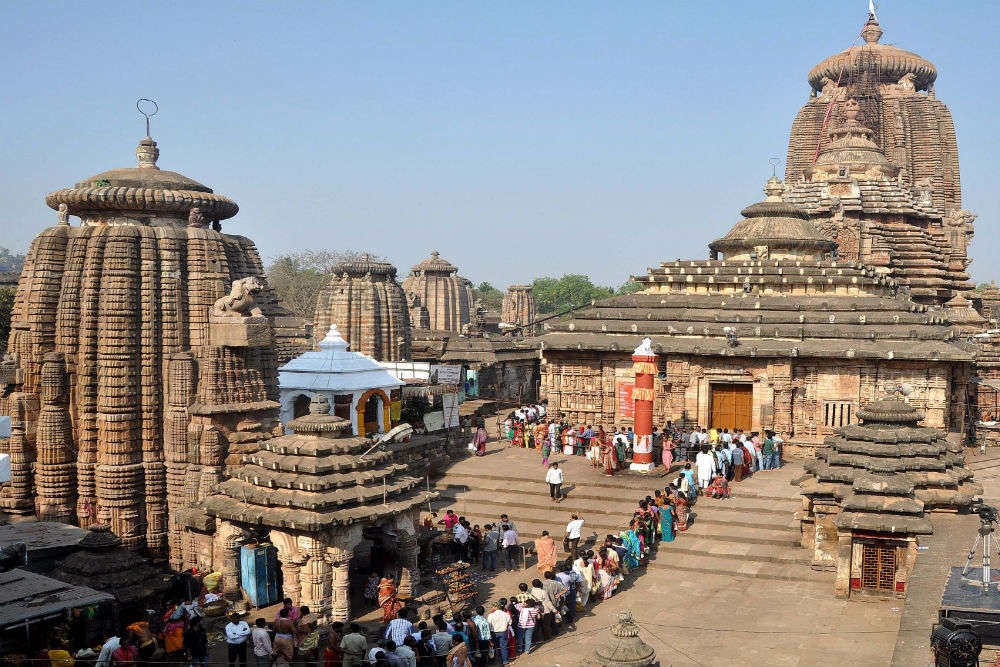
Copyright infringement is not intended
Context: The Central government has told the Odisha government that its ordinance to bring the 11th-century Lingaraj temple in Bhubaneswar and its associated temples under a special law is outside the legislative competence of the state legislature.
The ordinance is in conflict with the rules laid down under the Ancient Monuments and Archaeological Sites and Remains Act, 1958 (AMASR Act).
What is the Lingaraj Temple Ordinance, 2020?
- Lingaraj temple, the largest in Bhubaneswar, was constructed by King Jajati Keshari in the 10th Century and completed by King Lalatendu Keshari in the 11th Century.
- In December 2019, the Odisha Government had announced a development plan for the temple and its peripheral area in Bhubaneshwar.
- The 66-acre “Ekamra Kshetra” development plan was launched to preserve the heritage and development of the nine sites and their nearby areas at a cost of around Rs 700 crore.
- The first phase of the project includes outer access road development, Lingaraj entry plaza, Bindusagar revival plan, parking space, heritage complex, development of amenities for Kedar Gouri- Mukteswar complex, e-auto project, relocation project and a state-of-the-art interpretation centre.
Lingaraj Temple Ordinance of 2020
- The Lingaraj Temple Ordinance of 2020 was introduced to manage the rituals and other activities of the temple and eight other associated temples.
- This was intended to be on similar lines of the special Act which manages the affairs of the Jagannath temple in Puri, one of the four dhams in India.
- At present, the Lingaraj temple is being governed under the Odisha Hindu Religious Endowment Act.
- The ordinance proposed the formation of Lingaraj Temple Managing Committee with a full-time administrator looking after day-to-day affairs of the shrine.
- Under the Act, a fund creation was proposed to deposit income derived from immovable and movable properties of the temple.
- The ordinance vested the management of the temple in a 15-member committee that will administer the temple and its properties including temples outside the premises and mathas.
Why has the Centre opposed the ordinance?
- Several sections of the proposed ordinance were in conflict with the Ancient Monuments and Archaeological Sites and Remains (AMASR) Act.
- The AMASR Act provides for preservation of ancient and historical monuments and archaeological sites and remains of national importance.
- The ministry has pointed out that the state government has already violated the AMASR Act around Lingaraj temple by building modern structures.
- The ordinance covers 12 centrally protected monuments including the Lingaraj temple and three tanks, it was outside the legislative competence of the state legislature as it violates the provisions of AMASR Act, 1958.
- Independent Act vesting administrative powers to a managing committee, facilitating dual administrative authorities will result in conflict.
- Clause 15(2) of the Odisha ordinance has a provision for retail shops for sale of commodities inside or outside of the temples. But as per AMASR Act a monument should not be used for any other purposes not consistent with its character
- Another clause which facilitates special darshan on payment of a fee was also found in violation of the existing agreement between ASI and temple management.
- The ordinance also provides for repair and construction of new buildings while the centre contended that constructions can only be allowed by the National Monuments Authority
Lingaraja Temple
- It is a Hindu temple dedicated to Shiva and is one of the oldest temples in Bhubaneswar, the capital of the Indian state of Odisha.
- The temple represents the quintessence of the Kalinga architectureand culminating the medieval stages of the architectural tradition at Bhubaneswar.
- The temple is believed to be built by the kings from the Somavamsi dynasty, with later additions from the Ganga rulers.
- The temple is built in the Deula stylethat has four components namely, vimana (structure containing the sanctum), jagamohana (assembly hall), natamandira (festival hall) and bhoga-mandapa (hall of offerings), each increasing in the height to its predecessor.
- The temple complex has 50 other shrines and is enclosed by a large compound wall.
- The central deity of the temple, Lingaraja, is worshipped both as Shiva and Vishnu.
- The harmony between the two sects of Hinduism, Shaivism, and Vaishnavism, is seen in this temple where the deity is worshipped as Harihara, a combined form of Vishnu and Shiva.
https://indianexpress.com/article/explained/explained-centre-oppose-odisha-lingaraj-temple-ordinance-7856637/







